News
Google Renames Gulf of Mexico to ‘Gulf of America’ for US Users Amid Trump’s Controversial Order
According to a Google statement, users in Mexico will continue to see “Gulf of Mexico,” while users outside both countries will see both names displayed.
After all the controversy, Google has finally begun displaying the Gulf of Mexico as the “Gulf of America” for users in the United States. The change follows an executive order signed by former President Donald Trump on January 20, which aimed to rename natural landmarks to “honor American greatness.” According to a Google statement, users in Mexico will continue to see “Gulf of Mexico,” while users outside both countries will see both names displayed, including Gulf of America.
Why Did Google Make This Change?
Google’s naming policy is based on the Geographic Names Information System (GNIS), a database run by the US Geological Survey (USGS). In a blog post, the tech giant Google Maps explained that it follows official government databases when naming geographical features.
The renaming of the Gulf of Mexico to the Gulf of America aligns with Donald Trump’s broader nationalist agenda, which often emphasizes American sovereignty and identity. Critics, however, argue that such changes erase historical and geographical realities and could escalate tensions with Mexico and Latin America.
President-elect Trump Announces Renaming of Gulf of Mexico: ‘The Gulf of America’
The Political and Historical Context
The Gulf of Mexico has been known by that name for centuries, dating back to Spanish colonial maps. It is a crucial economic and ecological region supporting fishing, oil drilling, and tourism industries.
Trump’s renaming order to the Gulf of America comes amid a series of symbolic nationalist moves that have drawn both support and condemnation. In addition to renaming the Gulf, Trump’s executive order changed the name of Mount Denali in Alaska to “Mount McKinley.”
Mount Denali, the highest peak in North America, was initially named by the Indigenous Koyukon Athabascan people before it was changed to Mount McKinley in 1917 to honour former President William McKinley. The Obama administration restored the Indigenous name in 2015, but Trump’s order reversed that decision.
Backlash from Mexico and Indigenous Communities
The renaming of the Gulf of Mexico has sparked strong reactions from Mexican officials. Mexican President Claudia Sheinbaum mocked the decision, suggesting that North America should be renamed “Mexican America”, referencing a historical Mexican document.
Meanwhile, Indigenous groups in Alaska have condemned the Denali name reversal, arguing that it disrespects their cultural heritage and represents a step backwards in recognizing Indigenous history in the United States.
Implications and Google’s Role
Google’s decision with Google Maps to comply with Trump’s executive order has raised concerns about corporate influence on historical and geopolitical matters. Critics argue that private tech companies should not dictate international geographic names based on political changes. But Google Maps may be bound by the law of the land. Some experts warn that such moves could set a precedent for further political interference in naming conventions, potentially leading to future disputes over historical and geographical designations.
While Google’s (Google Maps) update aligns with US government policy, whether a future administration will reverse Trump’s naming orders remains to be seen. If so, Google may once again have to adjust its mapping system.
For now, users in the United States will see “Gulf of America” on Google Maps, while the rest of the world continues to recognize it as the Gulf of Mexico—the name that has stood for centuries.


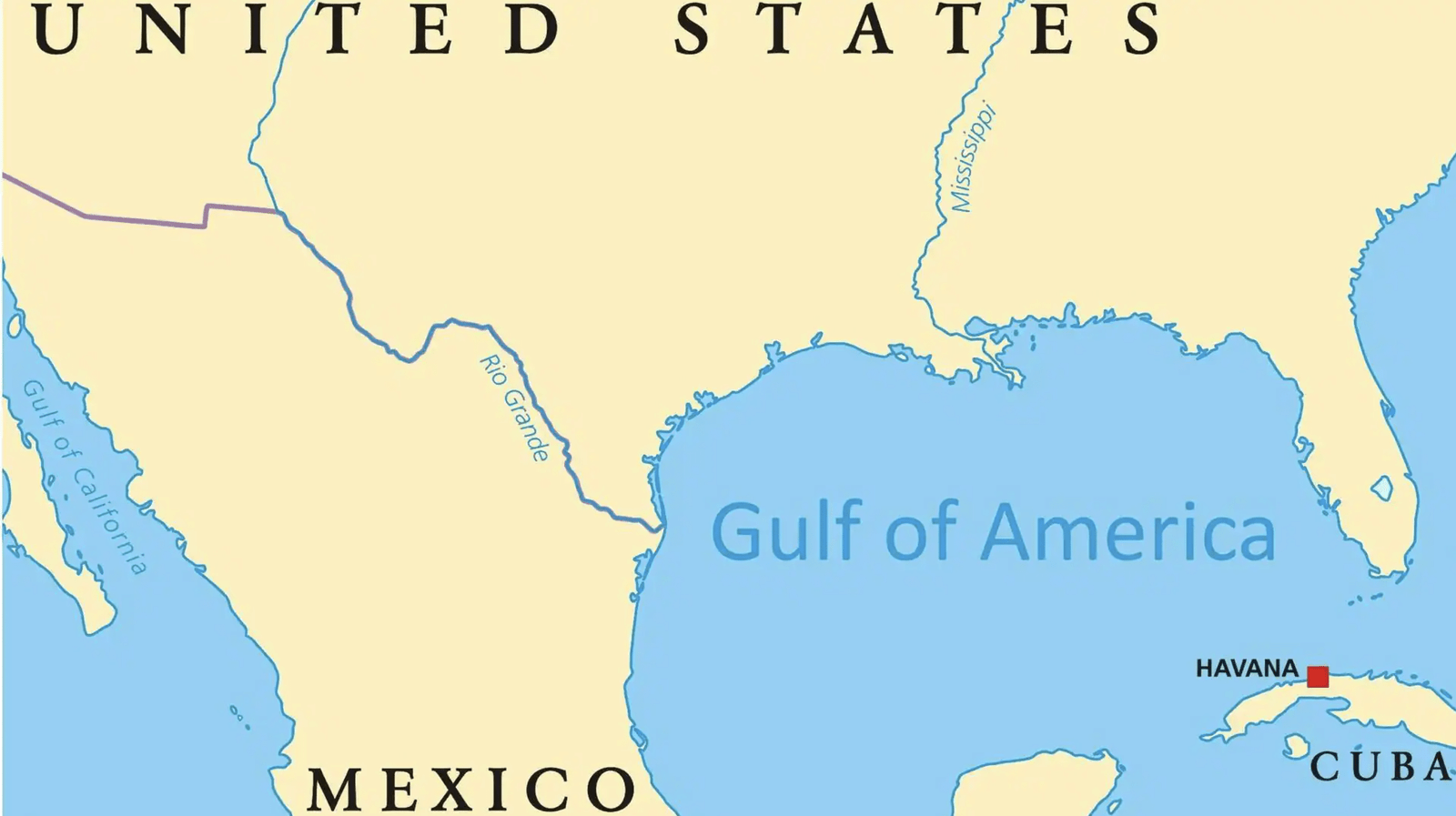
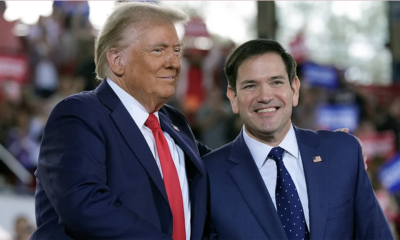
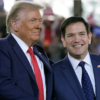




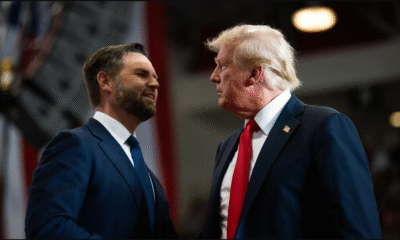
















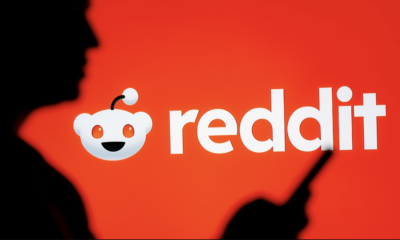

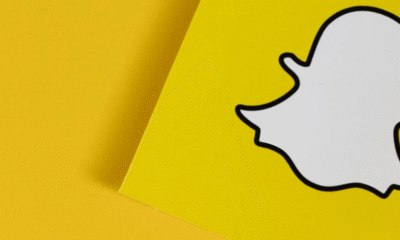












Pingback: Mexico’s President Sheinbaum Files Charges After Street Groping